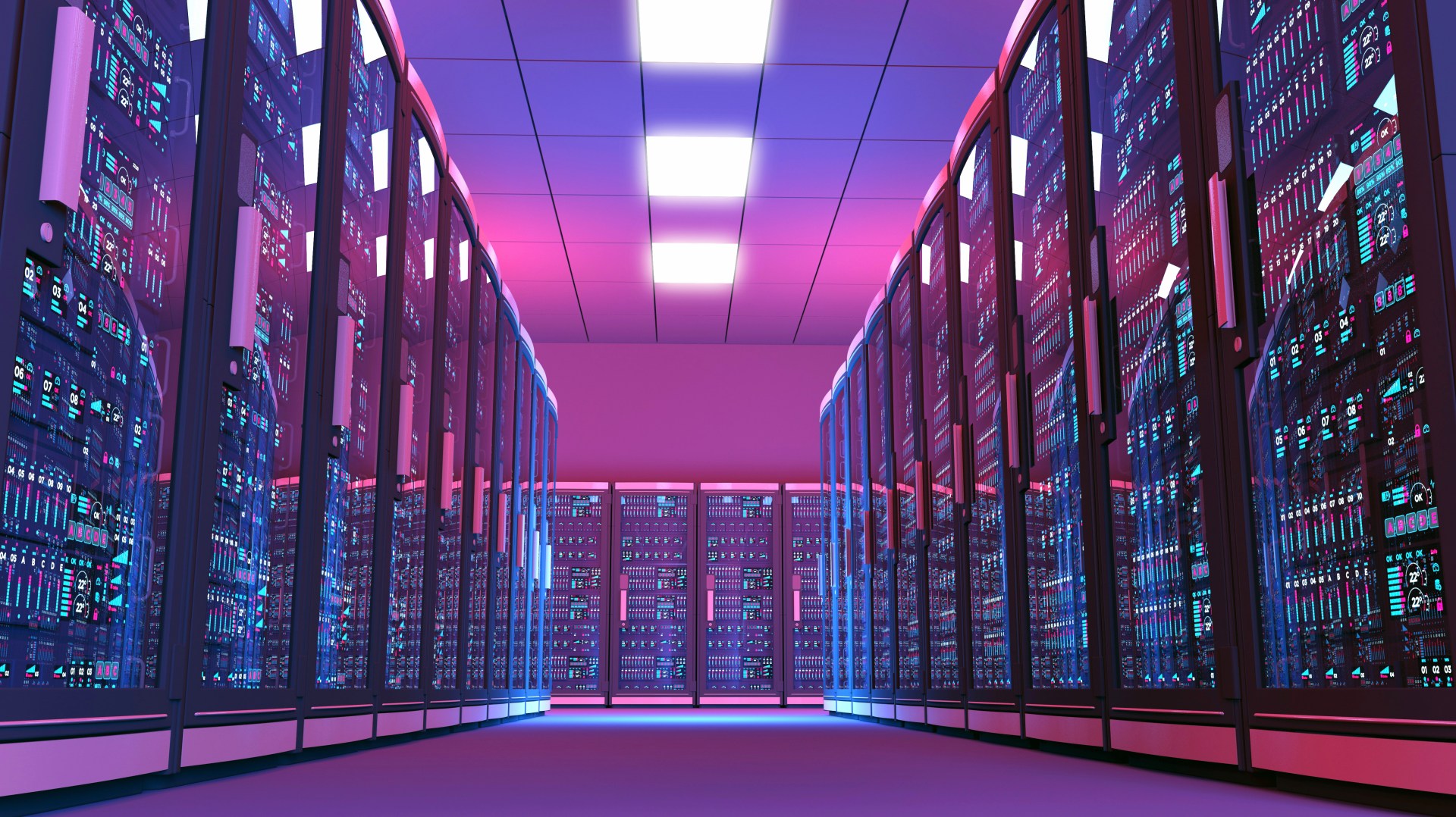

Technology expands at the speed of light. Keeping up with what’s going online in a digital world is hard enough but also having the resources on site can be a hassle. Or is it? Companies everywhere are trying to make decisions about what makes the most sense for their needs. Bare metal cloud is a great way to do a lot, but would it be handier to have everything down the hallway?
Either way, there are pros and cons to setting up the infrastructure. Stay tuned here where we go over the options to help you decide what’s the most worthwhile and beneficial for your company.
Bare metal cloud is essentially a cloud computing service that provides dedicated physical servers to clients. Unlike traditional cloud environments where multiple virtual machines run on a single physical server, bare metal cloud offers access to the hardware. Being the only one on the system eliminates the “noisy neighbor” effect, which results in consistent resources for all applications.
On-site, on the other hand, involves hosting and managing IT resources within an organization’s own data centers. Having the whole department within walking distance does equate to more hands-on activities. Having a dedicated IT group requires considerable investments to get started and an ongoing commitment to keep it running smoothly.
One of the most important deciding factors between on-premises and bare metal cloud has to do with performance. On-site takes a lot of planning to ensure that each application gets the correct amount of resources. To make that a reality, a lot of big bucks must be spent on hardware that can see through both the high and low times of data activity. Scalability can also be tough with finite space and resources. Expanding could create a whole new set of challenges.
Bare metal cloud doesn’t have space restrictions. Expand with the service as much as you want. There will be no need to fight over resources or worry about performance, either. No need to develop an entire IT department either and all the conflicts that come with that.
Customization is another point for consideration. Bare metal cloud offers the flexibility to customize hardware configurations according to any requirements. Businesses can choose processors, memory, storage types, and networking options that align with their workloads.
On-premises infrastructure provides the highest level of customization, not to mention control. Organizations can design their infrastructure from the ground up, tailoring every component to meet their exact needs. Being able to walk over and make changes could come in handy depending on requirements.
Security and compliance should raise red flags at any company. Bare metal cloud solutions often come with a litany of security measures, including firewalls, encryption, and data isolation. Providers also ensure compliance with industry standards, making them suitable for industries that deal with sensitive data.
On-premises infrastructure provides organizations with complete control over security measures. They can put very individual protocols that address specific compliance requirements. However, this control also comes with the responsibility of maintaining and updating security measures.
Bare metal solutions would not be considered the cheap option in comparison with traditional cloud services. That should not be surprising, considering a physical server only services one client. For many companies, cost is a deciding factor when putting together plans. Bare metal cloud solutions typically involve operational expenses based on usage. This pay-as-you-go model can be cost-effective for organizations with variable workloads, as they only pay for the resources they consume.
On-premises IT departments would require much more financial backing to be successful. Everything and every salary will have to be purchased from scratch. It might be a great way to move forward once everything is established but getting to that point is what keeps many businesses from going on-site to begin with.
If there is any hope of growth, you’re going to want to know how each option supports scalability. Bare metal cloud has already thought ahead and has resources to help you scale up quicker than you could on your own. Switching our servers or adding to the group is as simple as a few clicks.
On-premises scaling can present more of a challenge. For starters, expanding hardware needs requires physical purchasing and installation. That can cost time, in the long run, and the possibility of human error. Let’s not forget the planning involved with the team making the changes.
The decision between bare metal cloud and on-premises infrastructure centers around weighing each of these factors in terms of importance to the company. Each approach offers distinct advantages and considerations that organizations must weigh carefully.
Ultimately, the right decision depends on an organization’s specific needs and often financial resources. Some companies might prefer a different approach altogether, one that is a hybrid of the two.
Whichever path an organization chooses, the wisest decision will come after thought-provoking conversations with other team members and deep research into both the options and how they align with the goals of the company.
Related Resources:
Bare Metal Cloud for DevOps: Streamlining Deployment and Testing
Bare Metal Cloud for High-Performance Computing: Applications and Benefits
Bare Metal Cloud Security: Ensuring Data Protection and Compliance
Bare Metal Cloud vs. On-Premises Infrastructure: Making the Right Decision
Comparing Bare Metal Cloud vs. Traditional Cloud Services: Pros and Cons
Bare Metal vs Cloud – What You Should Consider
Bare Metal vs Dedicated Server – What You Need To Consider

Discover the DataBank Difference today:
Hybrid infrastructure solutions with boundless edge reach and a human touch.